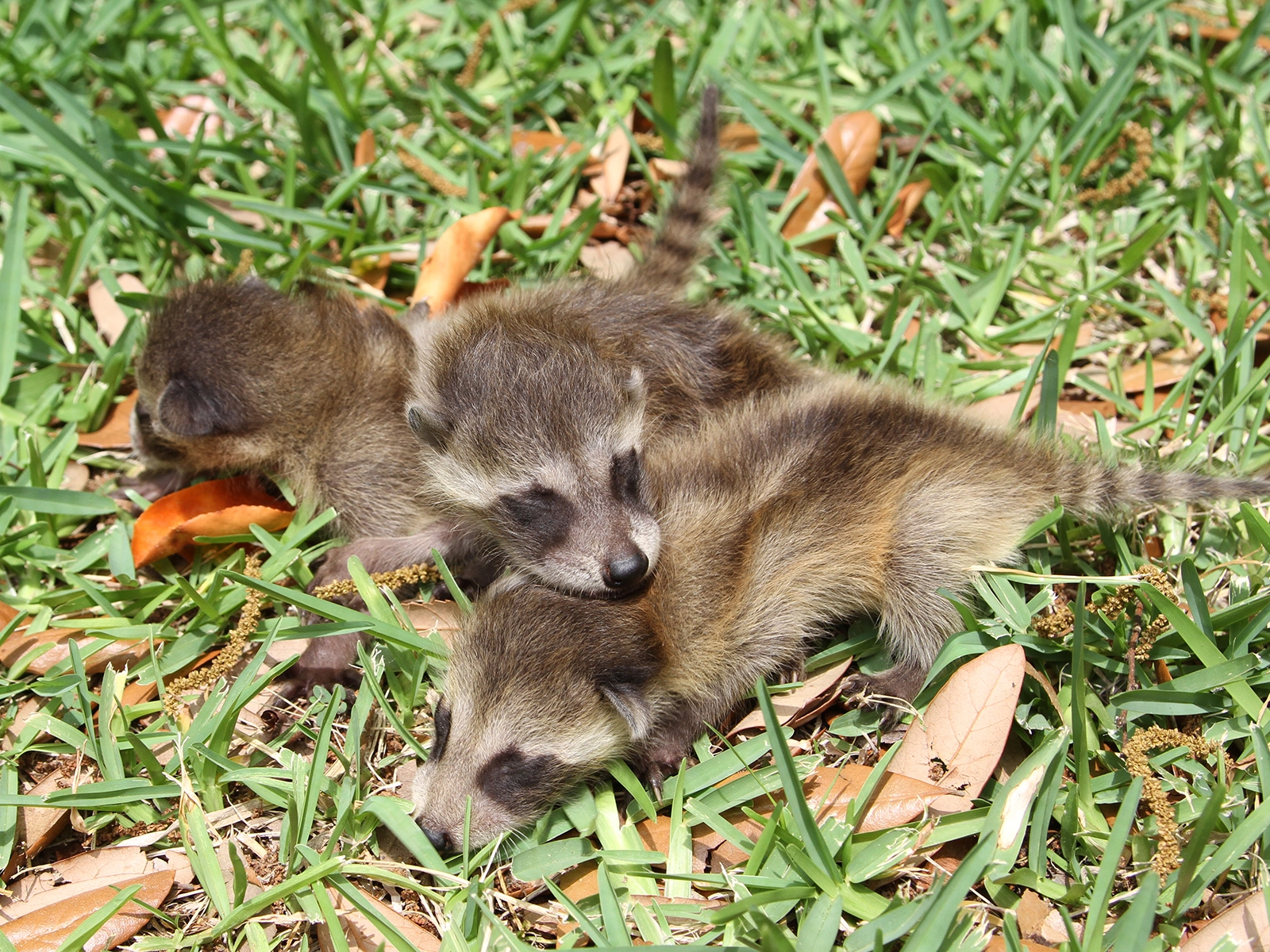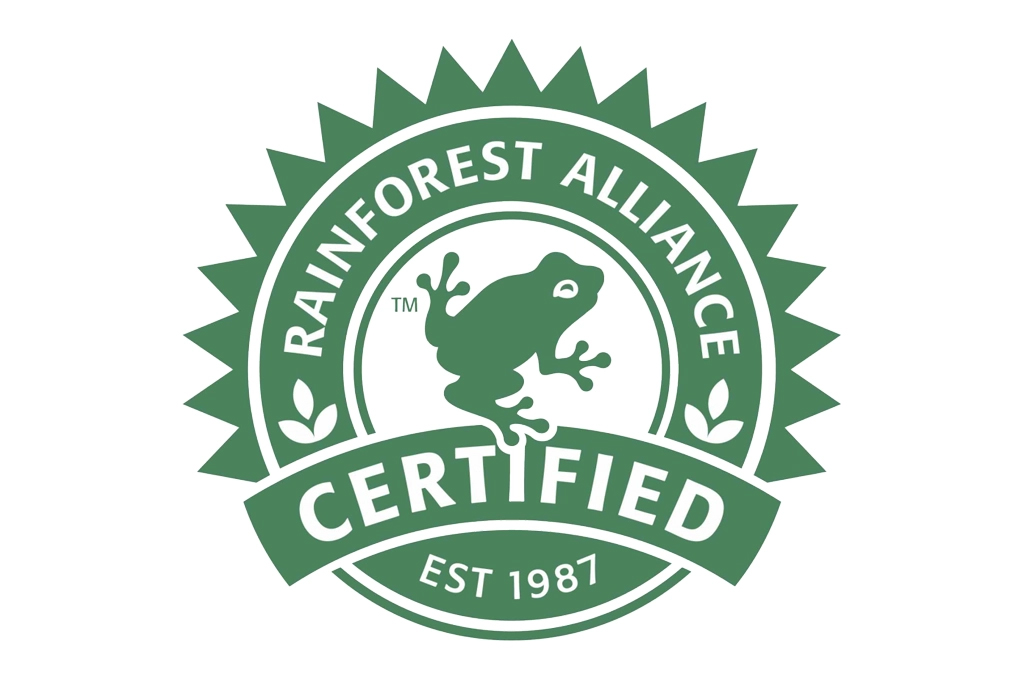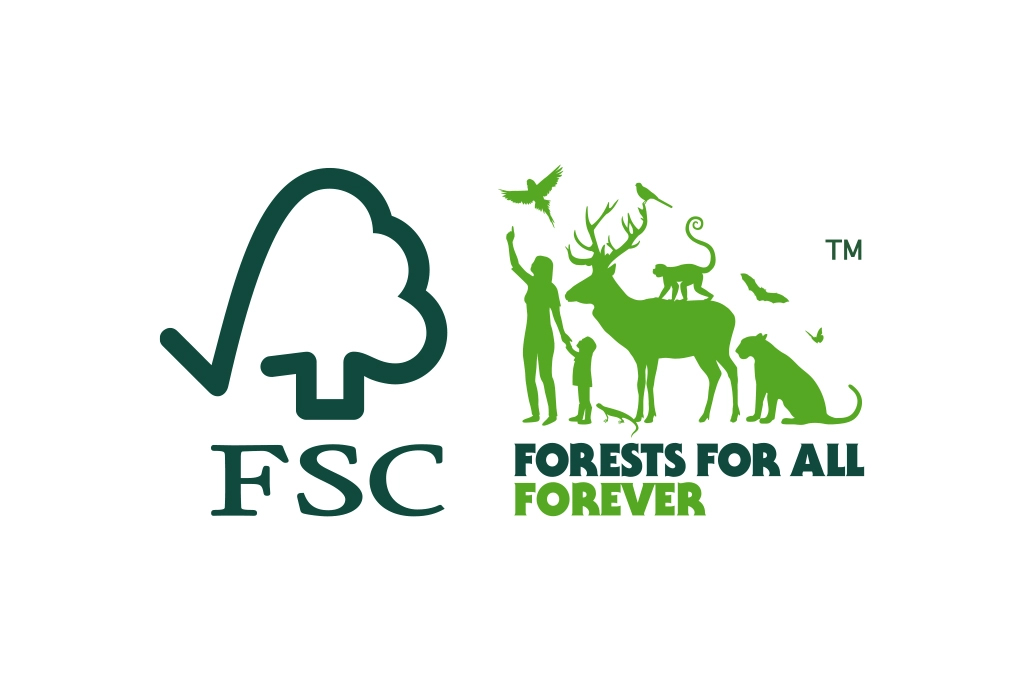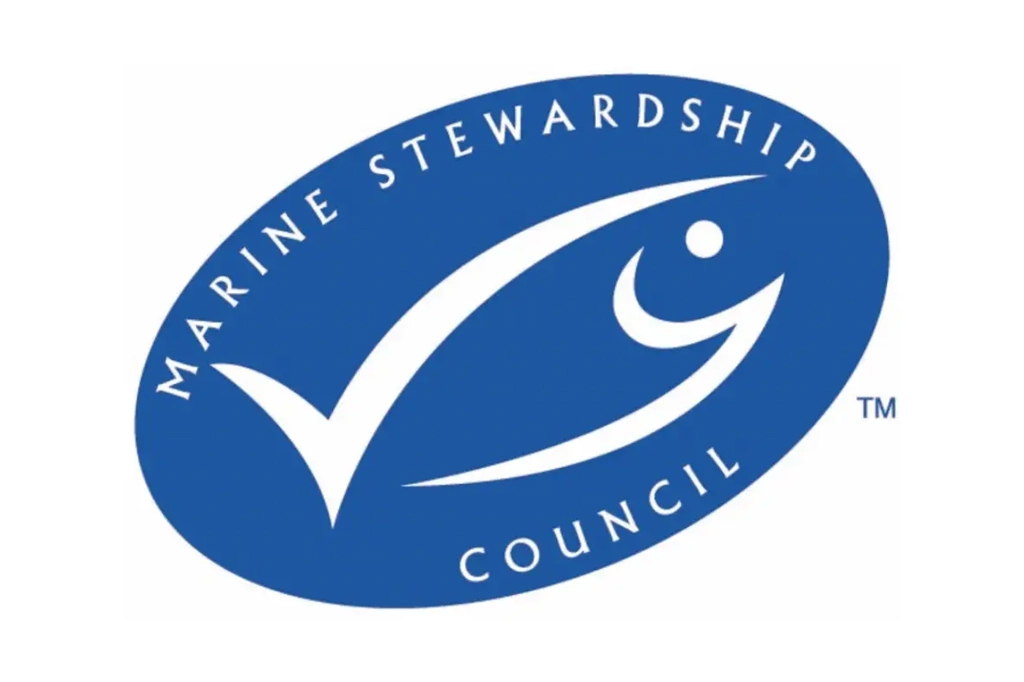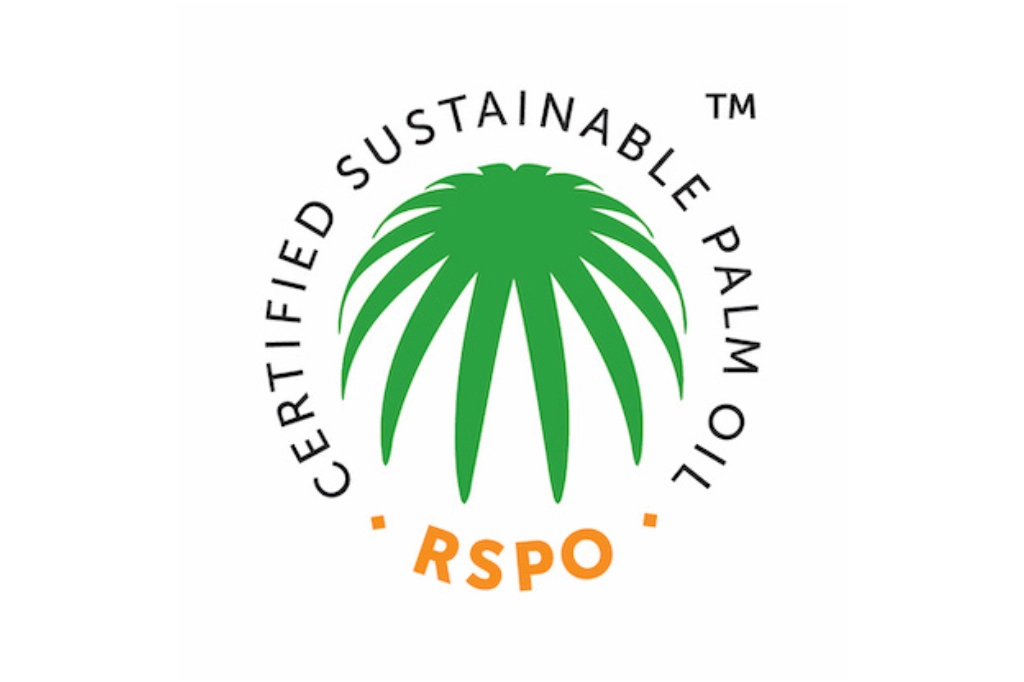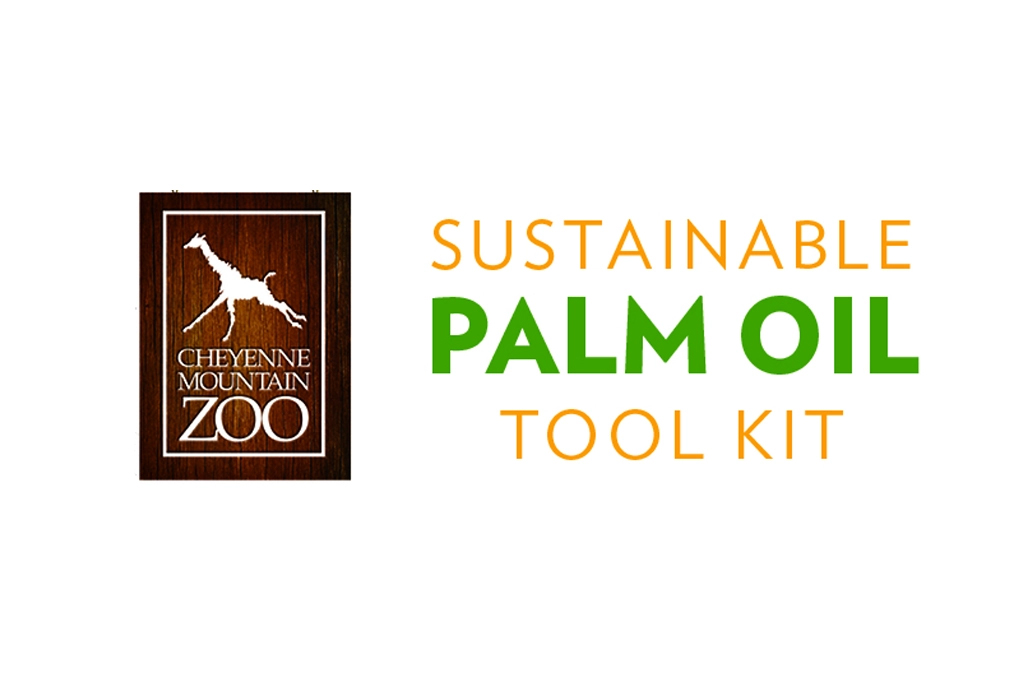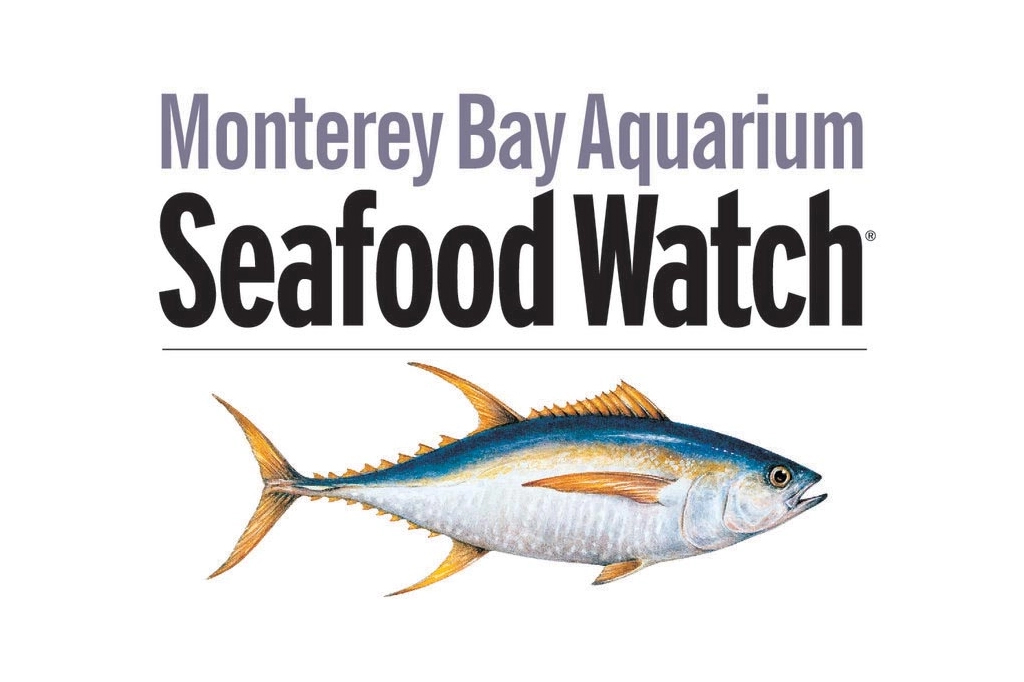Take Action
Your Choices Matter
Every day, we make choices that impact the world around us. From the food we eat to the clothes we wear, our purchasing decisions have a ripple effect – reaching far beyond our shopping cart. At Alexandria Zoo, we believe that by harnessing your power as a consumer, you can become a champion for wildlife and their habitats.
Supporting products made with sustainably sourced materials helps protect forests, oceans, and other vital ecosystems from destruction and gives wildlife the needed space and resources thrive.
Reduce: Less is More for Wildlife
Think about what you buy and how much you use. Reducing your consumption means less waste ends up in landfills and less demand for resources that often come from vital wildlife habitats.
- Opt for Reusables: Carry a refillable water bottle, a coffee mug, and reusable shopping bags.
- Buy in bulk: This often means less packaging.
- Choose durable products: Investing in items that last reduces the need for frequent replacements.
- Cut down on energy and water: Simple changes at home like turning off lights and taking shorter showers make a big difference.
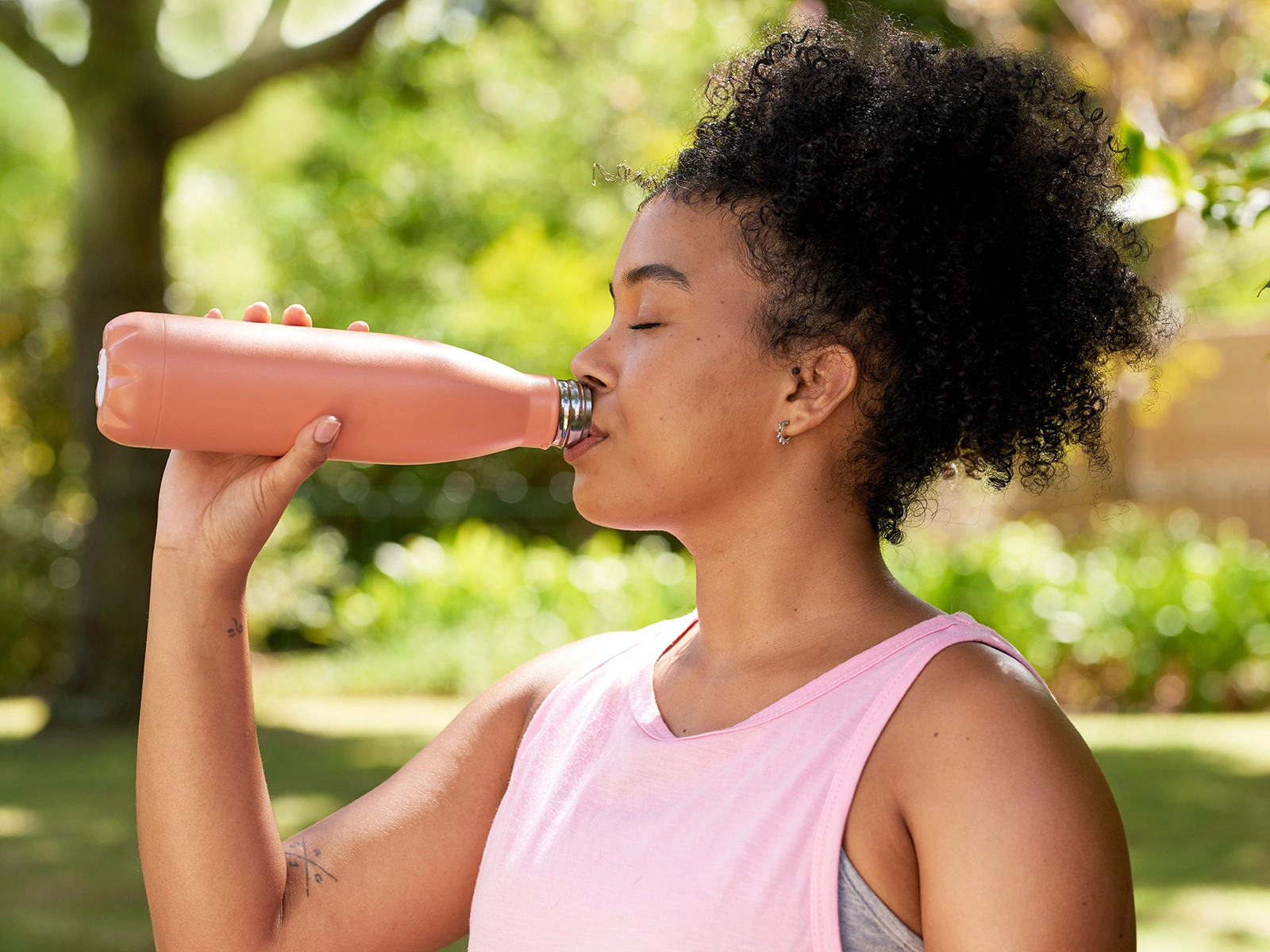
Reuse: Give Items a Second Life
Before you toss something, think: can it be used again? Reusing items keeps them out of landfills and reduces the energy and resources needed to create new ones.
- Donate or sell gently used clothes, furniture, and electronics.
- Repurpose containers: Mason jars make great food storage, and old tires can become garden planters!
- Fix instead of replace: Learn basic repairs for clothes and household items.
- Borrow or rent: Do you really need to own that tool you'll only use once?
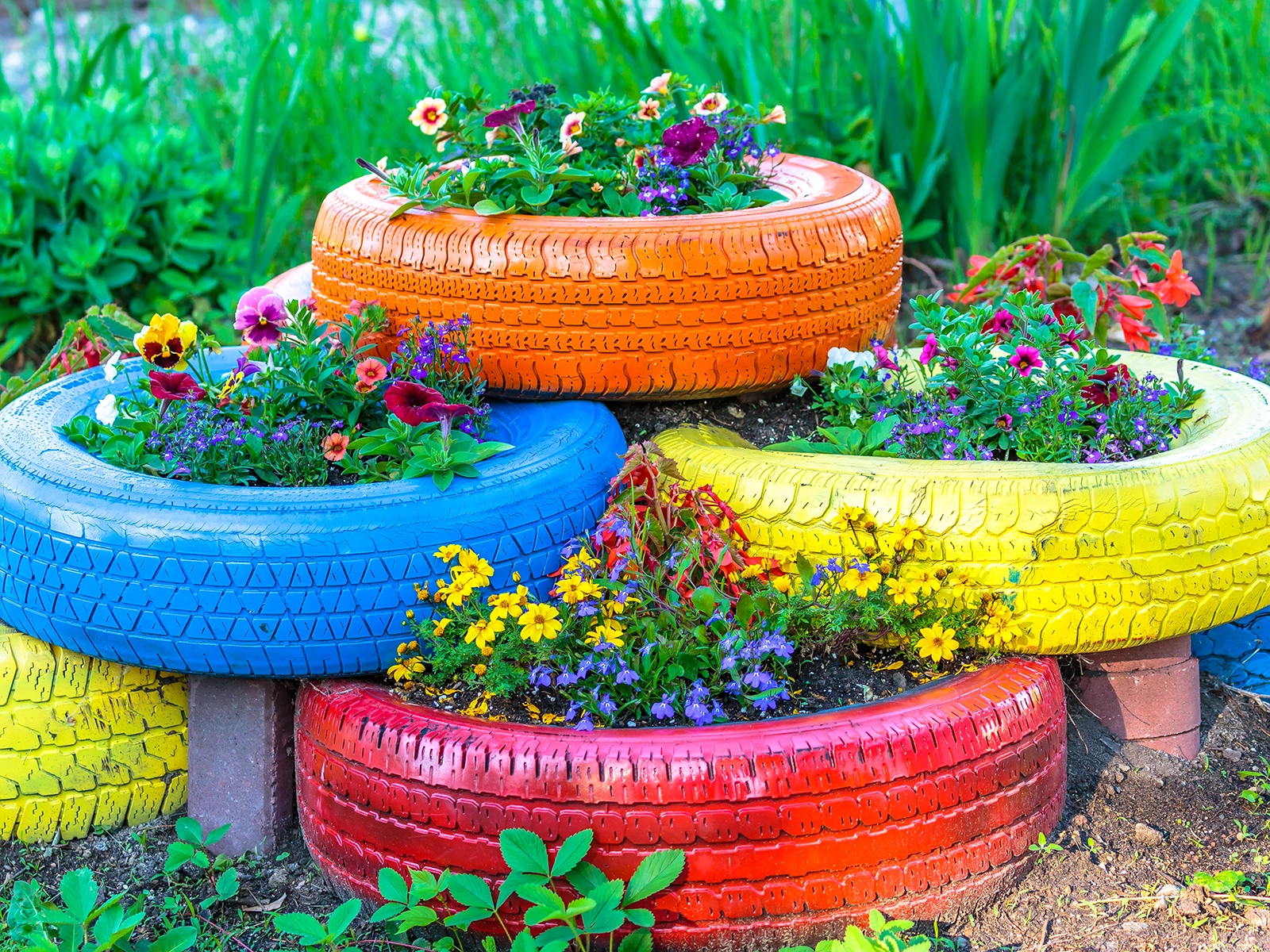
Recycle: Transform and Renew
Recycling turns old products into new ones, saving energy, reducing pollution, and conserving natural resources. It's a simple act with a huge impact.
- Know your local recycling rules: What materials does your community accept?
- Rinse containers: Food residue can contaminate an entire batch of recyclables.
- Flatten cardboard: This saves space in recycling bins and trucks.
- Look for products made from recycled materials: Close the loop by supporting sustainable manufacturing.
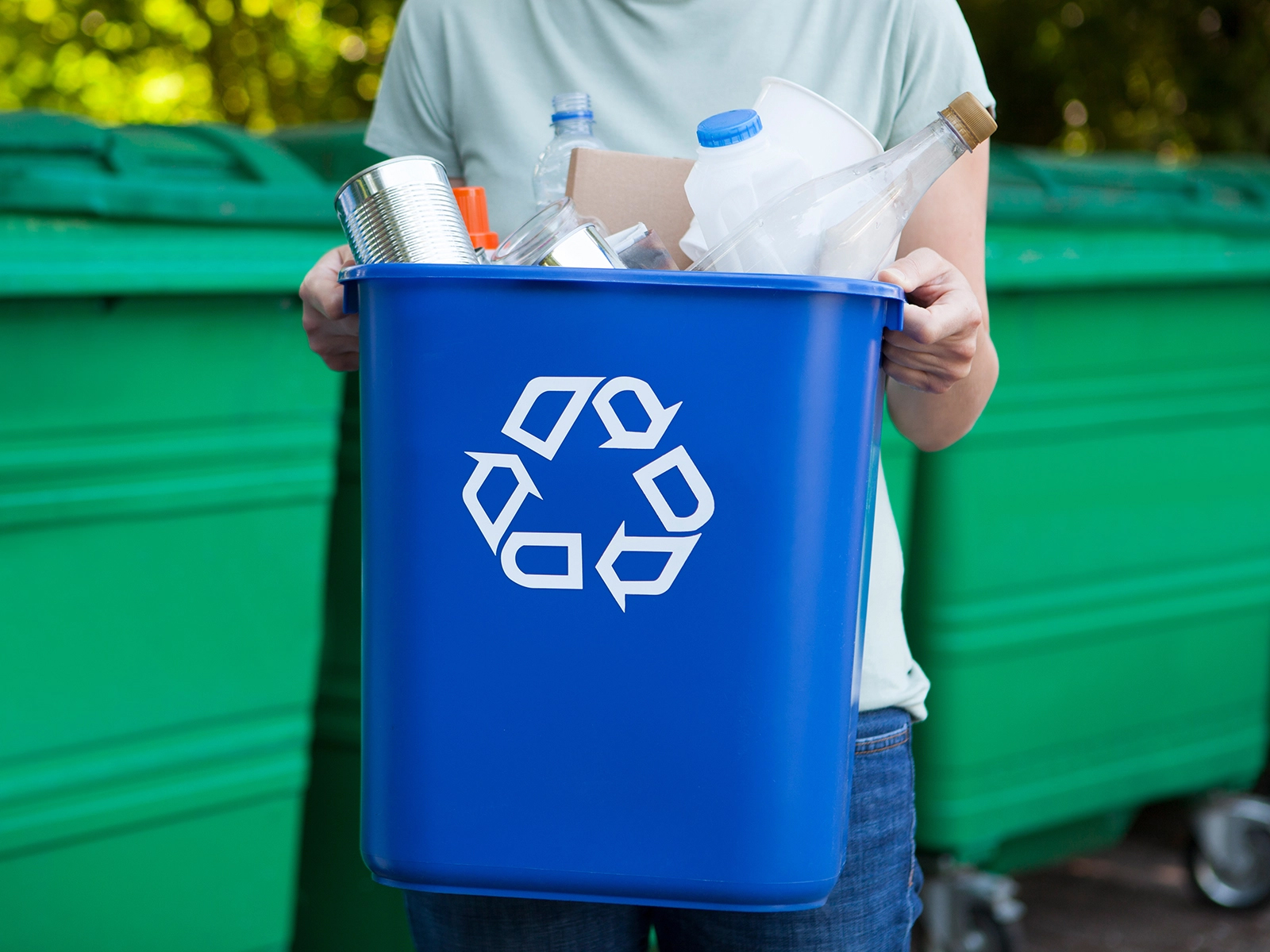
Replenish: Give Back to Nature
Replenishing means helping nature heal and thrive by actively restoring and supporting our planet's natural systems.
- Plant native trees and flowers: These provide food and shelter for local wildlife.
- Support conservation efforts: Your donations to FOTAZ help us protect wildlife and wild places around the world.
- Volunteer your time: Participate in local clean-ups or habitat restoration projects.
- Choose sustainable products: When you buy items like FSC-certified wood or MSC-certified seafood, you're supporting responsible practices that replenish natural resources.
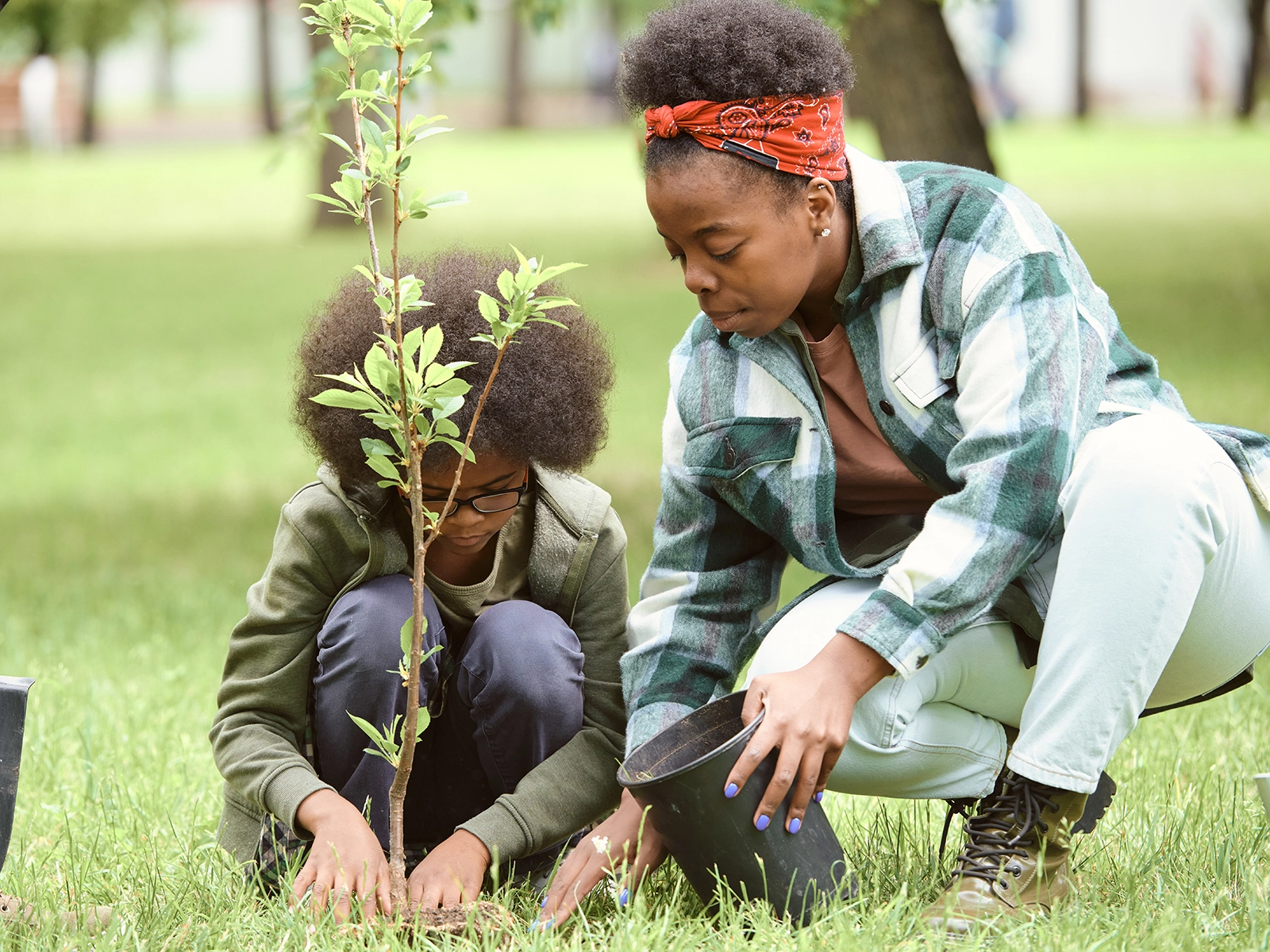
Transform Your Backyard into a Wildlife Haven!
Did you know you can help local wildlife right in your own backyard? Creating a welcoming space for native animals is easier than you think, and it's incredibly rewarding. Every living creature needs four basic things to survive and thrive: food, water, shelter, and places to raise their young. By providing these essentials, you can turn your yard into a vibrant wildlife habitat, no matter its size!
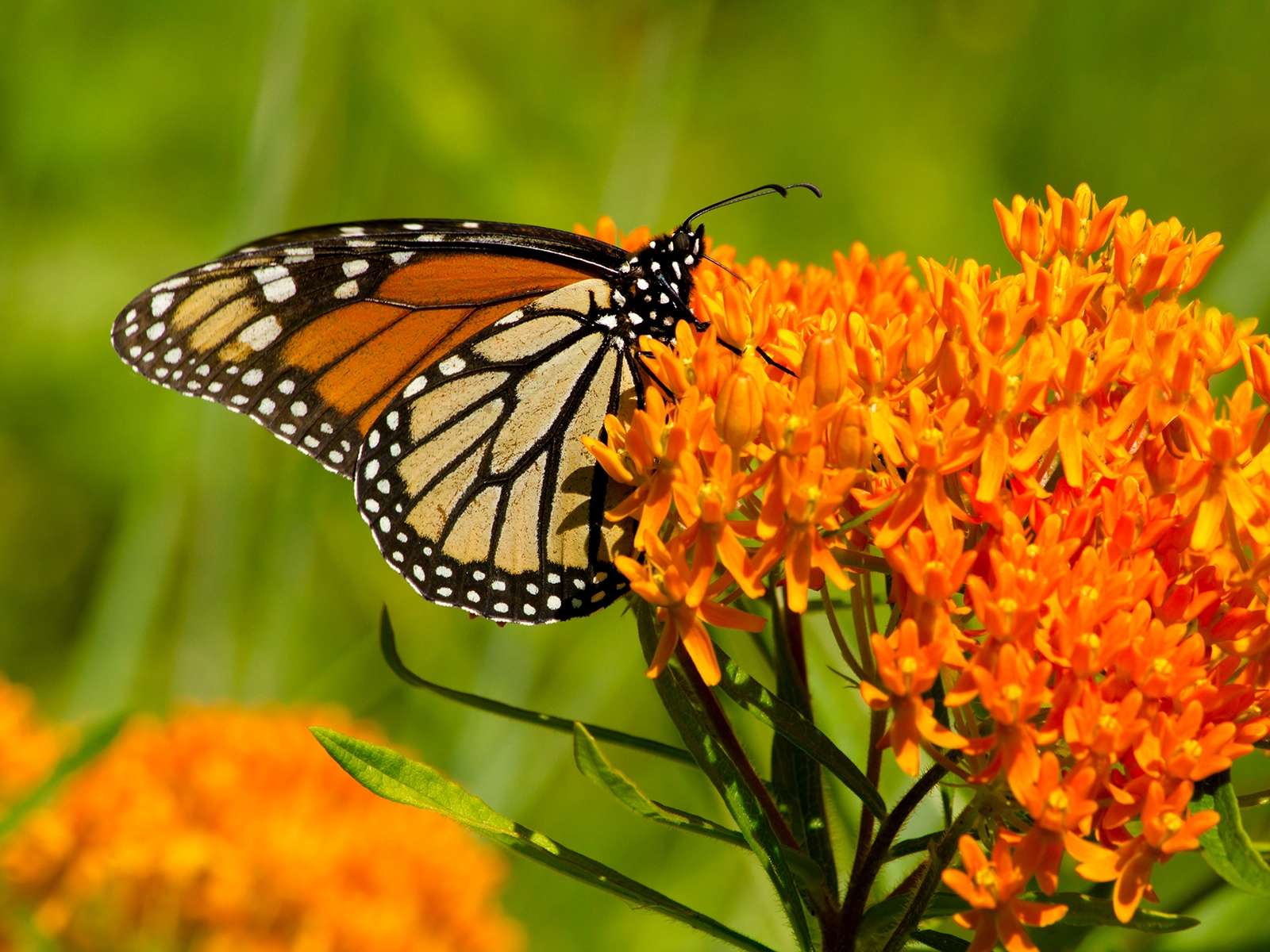
Food
Plants provide food to wildlife in a wide variety of ways, from berries to nuts to nectar. Even the insects plants support feed other animals. You can also add feeders to suppliment natural food sources.

Water
All wildlife need water to survive and some need it for bathing or breeding as well. Add a birdbath, shallow dish of water, or a small pond in your backyard.
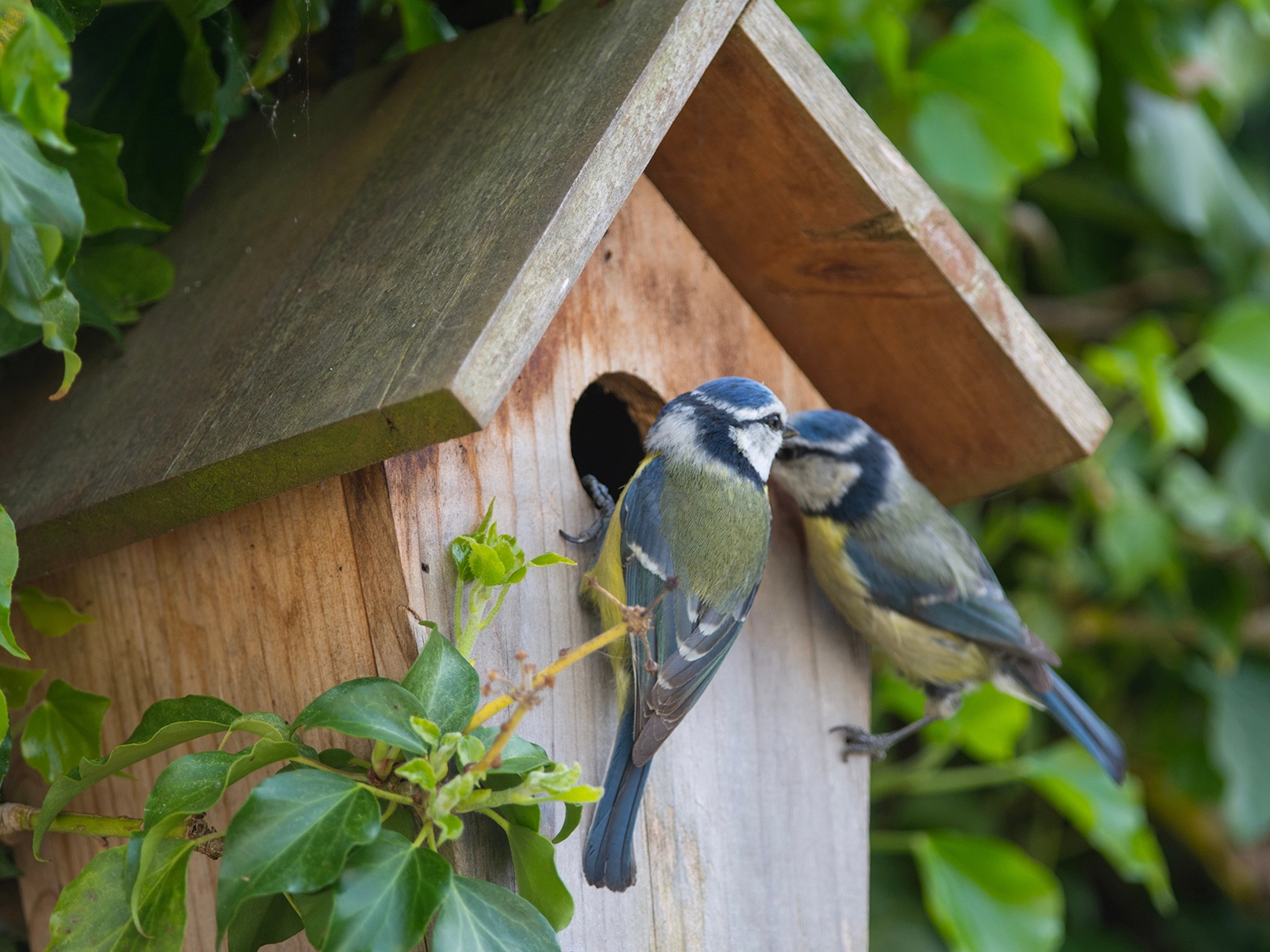
Shelter
Animals need places to hide, raise their young, and shelter from extreme weather. Shrubs, brush, ground cover, rock piles, and tree cavities provide great natural shelters. You can also place a birdhouse, nesting box, or batbox in your yard.
Injured & Orphaned Animals
A wild baby animal's best chance for survivial is with its mother. Before assisting an animal that appears injured or orphaned, it's important to first determine if it truly needs help, as parents often leave their young hidden for safety.
Download the information provided by the Louisiana Department of Wildlife & Fisheries (LDWF) for steps to take in the best interest of the animal.
If, after consulting informational guides, you believe the animal is in distress, you should contact a licensed wildlife rehabilitator. These professionals have the specialized training and facilities required to properly care for the animal and prepare it for release back into the wild.
